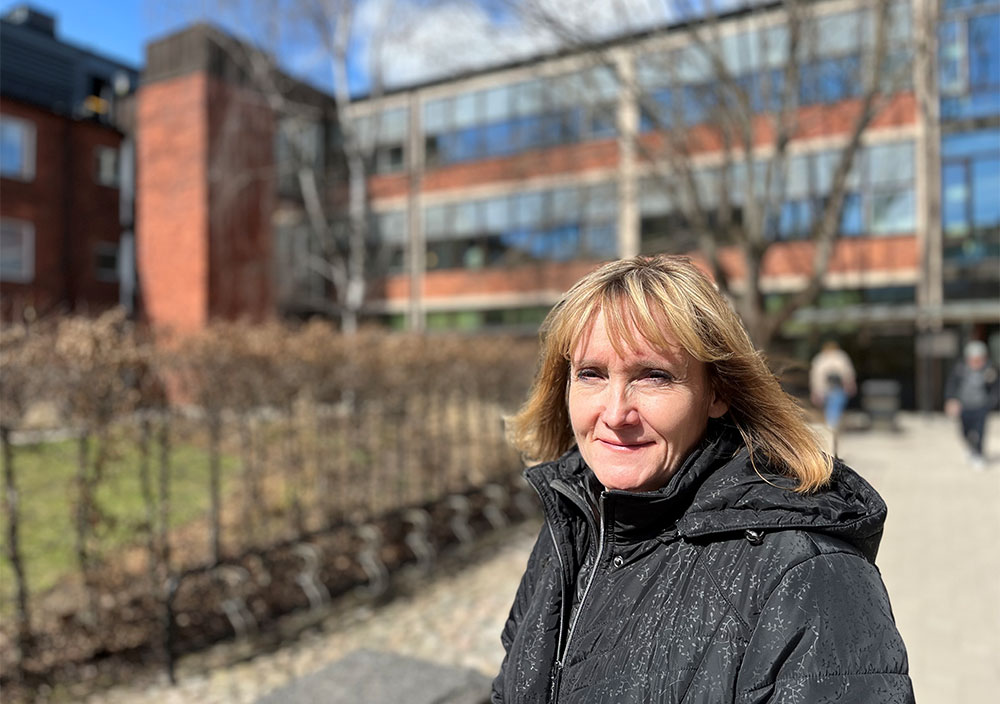GRU finances in focus - after the first quarter of 2024

KTH introduced a new GRU resource allocation model at the turn of the year, which means, among other things, that internal ceiling amounts for each school have been introduced based on how the schools have dimensioned their programmes. With the new model, forecasts, dimensioning and follow-up becomes even more important in order to assess how we are performing.
Eva Liedholm Johnson, ABE's Director of First and Second Cycle Education (GA), tells us more.
How is ABE doing?
- This year we rely mainly on data on how we have produced in the past, and there is a reliability in this as we have been producing steadily for several years. For 2024, we have made a cautious increase, in consultation with the departments. The purpose is to take responsibility together with the other schools towards KTH's goal of a balanced budget. The good news is that we can see that in quarter 1 (Q1) we are well in line with what we have said we will produce.
How does the new GRU resource allocation model affect ABE?
- The new model requires an increased focus on the dimensioning and forecasting of our educational offer.
There are now more people and functions that support this in various ways, both at the departments and at the school office with new roles in the form of a school controller and an education controller. Summarised at the school, we reach the budget and ceiling amount with a certain margin for both grant-funded and fee-paying students. A rough forecast for the full year based on previous years' distribution of HST and HPR indicates that we will meet the targets set for 2024.
What happens next?
- We will produce similar data at departmental and divisional level later this week. There we may, of course, see greater variations. In a few weeks, we will make a more thorough analysis and also a real forecast - this will be the basis for the President dialogue and the school's overall follow-up of activities and finances at the beginning of May. It is extremely valuable that there are many of us working on this going forward.
Do you have any further comments on this?
- As the Director of First and Second Cycle Education, I would like to take the opportunity to thank all the school's teachers for all the fantastic work you put in, and that you succeed in creating both a high quality education and a working economy for KTH. Our teachers ensure that the courses are carried out in a great way, that the students earn their credits and that the examination works, with all that means in terms of workload - and you should really be praised for that!
